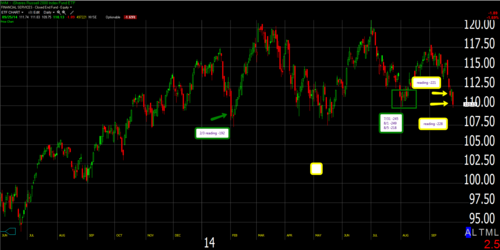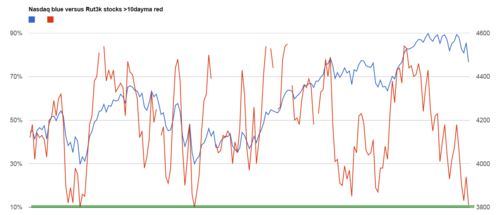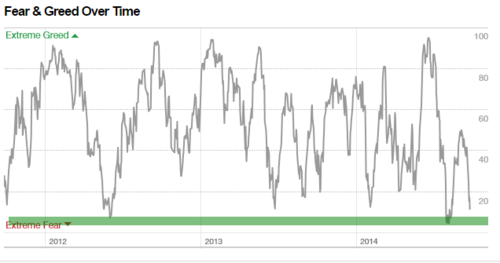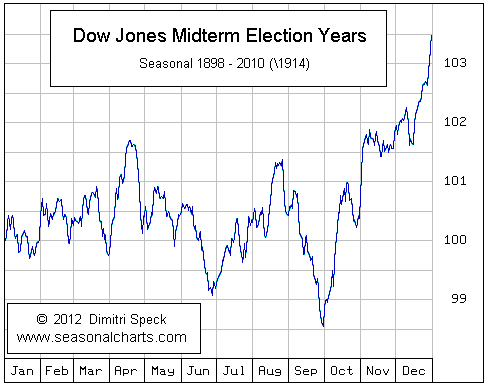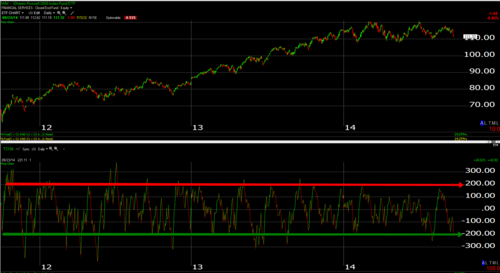I’m always intrigued by huge bases, normally a prolong period of contraction leads to a prolong period of expansion., hence the term; the bigger the base the higher into space it goes. We’ve pointed out a few bases over the last year that have made huge moves after we flagged them. We pointed out $QSII on 7/10/2013 it ran 18% in a few weeks, $PVA on 7/17/13 at $5 and a few months later at its peak it was up 250%, on 9/13/2013 we highlighted $HZNP at $2.75 at its peak 6 months later it was up 481%. These huge bases don’t show up on a regular basis especially after a long running bull market, but when they do you have stay on top of them because once they emerge from their bases (stage 1 to stage 2) they usually do very well.
$KCAP has been basing for almost 12 months after a blow up last year. The base just tells you that the company has a whole new set of stock holders who believe that perhaps last year’s blow up is out of the way and that company has greener pastures ahead. (that of course is until the stock breaks-down). If you look at the chart you will see up and down movement ($8.50 to $7.80) until recently. Now what you are seeing is a series of higher lows which tells me that buyers are in control for the first time in 12 months.
Here is the way I would play this; I’m a buyer of stock above the base with a stop at $8.20, if for some reason it becomes a failed break out I would continue to track the stock because these bases tend to be very powerful, and just because it fails the first time it does not mean that it can breakout down the road. $SKUL was flagged on 9/24/13, the initial breakout failed but but 2 months later it was set up again to break above its base and it did which led to a 70% move in 3 months.
$KCAP will probably not be a fast or a big mover like $PVA, $HZNP or $SKUL, its more of an income stock with a nice yield, nevertheless you can probably get paid while you wait and that makes it intriguing. Currently its dividend is 11.72%.
FINVIZ; KCAP Financial, Inc. is a private equity and venture capital firm specializing in mid market, buyouts, and mezzanine investments. It focuses on mature and middle market companies. The firm structures its investments through senior debt, second lien debt, secured and unsecured subordinated debt, mezzanine debt, and equity. It invests in all sectors except cyclical industries. The firm invests equity in both minority and control transactions alongside other equity investors. It invests through its own balance sheet. KCAP Financial, Inc. is based in the New York, New York.
Frank Zorrilla is the founder of Zor Capital LLC a New York based investment management firm. Our goal is superior performance, with preservation of capital as our number one priority. Zor Capital manages separate accounts (both taxable and retirement) for accredited investors and institutions. This structure gives clients access to a hedge fund like strategy while maintaining 100% control of their accounts. Managed Assets
The information in this blog post represents my own opinions and does not contain a recommendation for any particular security or investment. I or my affiliates may hold positions or other interests in securities mentioned in the Blog, please see my Disclaimer page for my full disclaimer.




